Flowers WW88 are nature’s most captivating creations, admired for their delicate structure, vibrant colors, and symbolic meaning across cultures. Their presence enriches our lives, offering not just beauty but a range of emotions and connections to nature. This article takes you on a journey through beautiful:by5oj2_qmci= flowers, exploring their aesthetic appeal, cultural significance, types, and their undeniable role in our lives. Let’s dive into the world of flowers and discover their hidden stories.
Contents
Understanding the Essence of Beautiful:by5oj2_qmci= flowers
The Importance of Aesthetic Appeal
Beautiful:by5oj2_qmci= flowers have always been admired for their visual appeal. Whether it’s the soft blush of a rose= flower or the striking hue of blue= flowers, flowers captivate the senses in unique ways. Their colors, textures, and intricate patterns draw us in, invoking feelings of peace and admiration. Beyond their physical beauty, flowers play a critical role in nature, aiding in pollination and contributing to the balance of ecosystems. However, for humans, their primary role has been to evoke emotional and aesthetic reactions, brightening our surroundings and enhancing personal well-being.
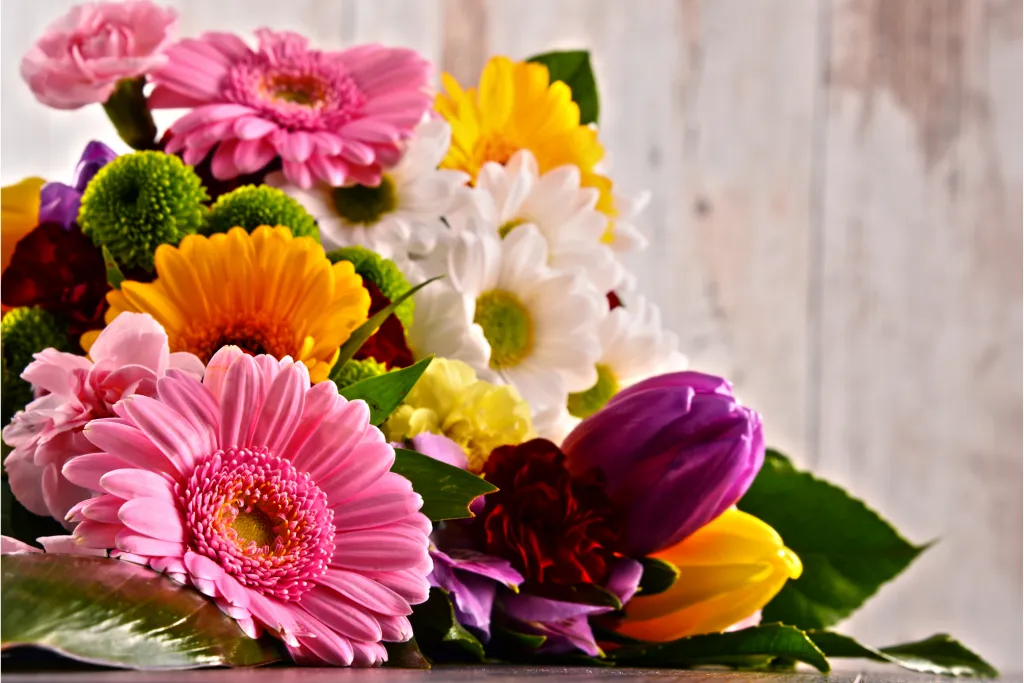
Cultural Significance of Flowers
Throughout history, beautiful= flowers have held significant cultural importance. In many societies, they symbolize life, love, and even death. For instance, in Western cultures, rose= flowers are often seen as the ultimate expression of love, while in Japan, the cherry blossom represents the transient nature of life. Beautiful:by5oj2_qmci= flowers are central to various rituals and ceremonies, including weddings, funerals, and religious events. They embody beauty, hope, and renewal, and different species carry distinct meanings.
The Diversity of Flower Types
Annual vs. Perennial Flowers
One of the key ways to categorize beautiful= flowers is by their life cycle. Annual flowers bloom for a single season, bringing a burst of color that lasts only a short while. Examples include marigolds and sunflowers. Perennials, on the other hand, return year after year, blooming each season without needing to be replanted. Common perennials include lavender and tulips. Both types offer beauty, but their maintenance and longevity vary, making them suited to different garden styles and climates.
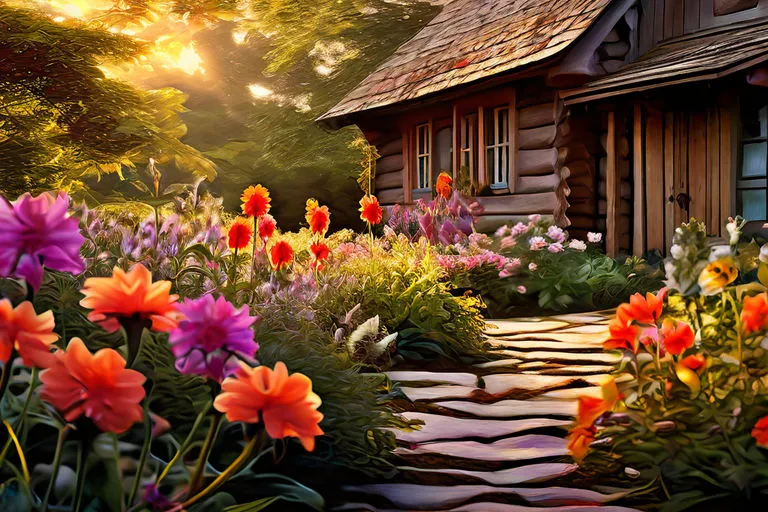
Wildflowers vs. Cultivated Flowers
Another way to distinguish beautiful= flowers is by whether they grow in the wild or are cultivated in gardens. Wildflowers such as daisies and dandelions often thrive with little human intervention, adding natural beauty to landscapes. In contrast, cultivated flowers like orchids and hybrid rose= flowers are grown with care, often bred for specific traits such as color, fragrance, or bloom size. Both types offer their unique charm—wildflowers with their organic, untamed appeal, and cultivated varieties with their refined and deliberate beauty.
Seasonal Variations in Flower Availability
Seasonal changes bring about distinct variations in flower availability, contributing to the cyclical beauty of nature. Spring is known for its abundance of Beautiful:by5oj2_qmci= flowers, from tulips to daffodils, while summer showcases bright sunflowers and zinnias. Fall brings chrysanthemums and asters, while winter offers a more limited selection, like poinsettias and holly. Understanding these seasonal cycles allows florists and gardeners to make the most of each season’s offerings and appreciate the unique beauty of each bloom.
Exploring Blue Flowers
Popular Blue Flower Species
Beautiful:by5oj2_qmci= flowers are relatively rare in nature, making them highly sought after for their unique and calming hue. Two popular species stand out:
Delphinium
Known for its tall, striking spikes of blue, Delphinium is a favorite among gardeners and florists alike. These blue= flowers symbolize openness and grace, and their vibrant color can create a stunning contrast in any garden or bouquet.
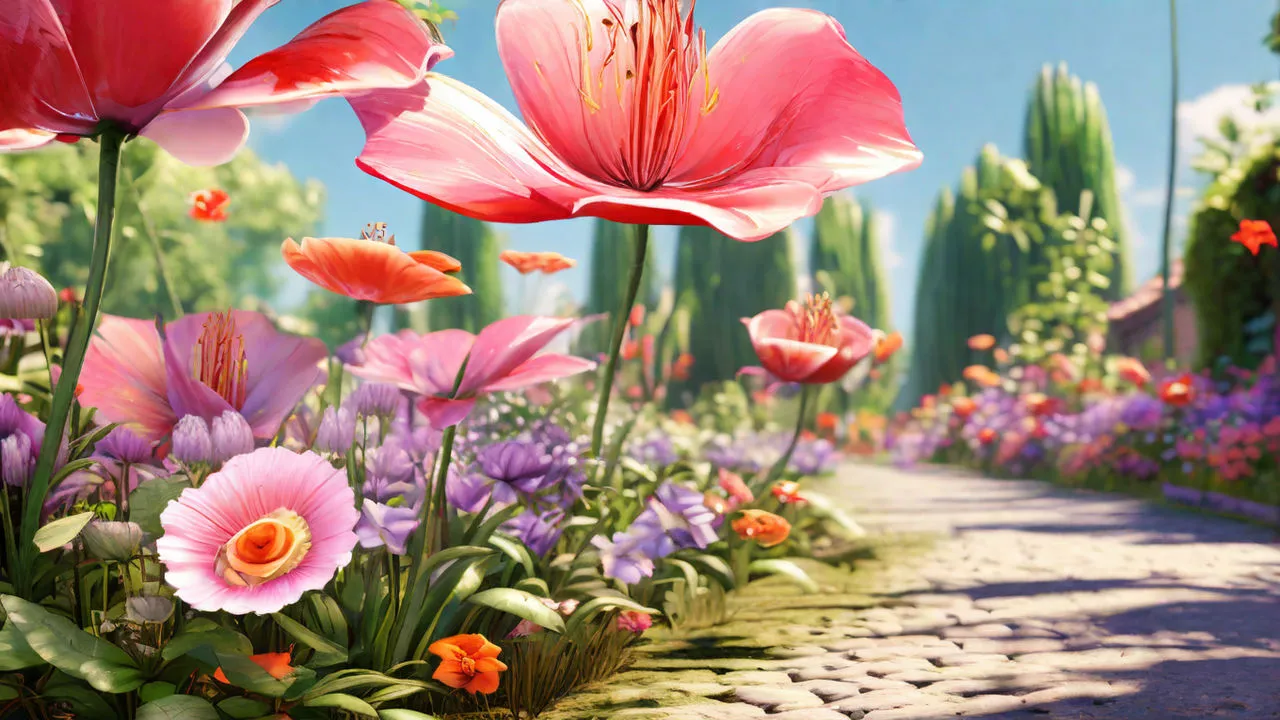
Bluebell
Bluebells, with their delicate bell-shaped blooms, create enchanting carpets of blue in forests and woodlands during spring. These blue= flowers are often associated with humility and everlasting love.
Symbolism of Blue Flowers
The color blue often symbolizes peace, serenity, and stability. Blue= flowers, in particular, convey these emotions and are often chosen for bouquets that aim to express tranquility and calmness. Additionally, blue flowers represent trust and loyalty, making them ideal for gifts between close friends or family members. Their rarity only adds to their mystique and desirability.
The Language of Love: Romantic Flowers
Roses as Symbols of Affection
When it comes to expressing love, few flowers are as iconic as Beautiful:by5oj2_qmci= flowers. Their deep red petals have long been associated with passion and romance, making them the quintessential choice for Valentine’s Day and anniversaries. However, roses come in a variety of colors, each carrying its own meaning. White roses represent purity, while yellow ones symbolize friendship. Rose= flowers, in all their forms, remain a timeless expression of love and affection.
Other Flowers Representing Love
While rose= flowers are often at the forefront, other beautiful= flowers also symbolize love. Carnations, for example, express admiration and love, with red carnations being particularly romantic. Lilies, especially white lilies, are associated with purity and refined beauty, often used in weddings to symbolize the innocence of love. Orchids, with their exotic appearance, represent delicate beauty and strength, making them a sophisticated option for romantic gestures.
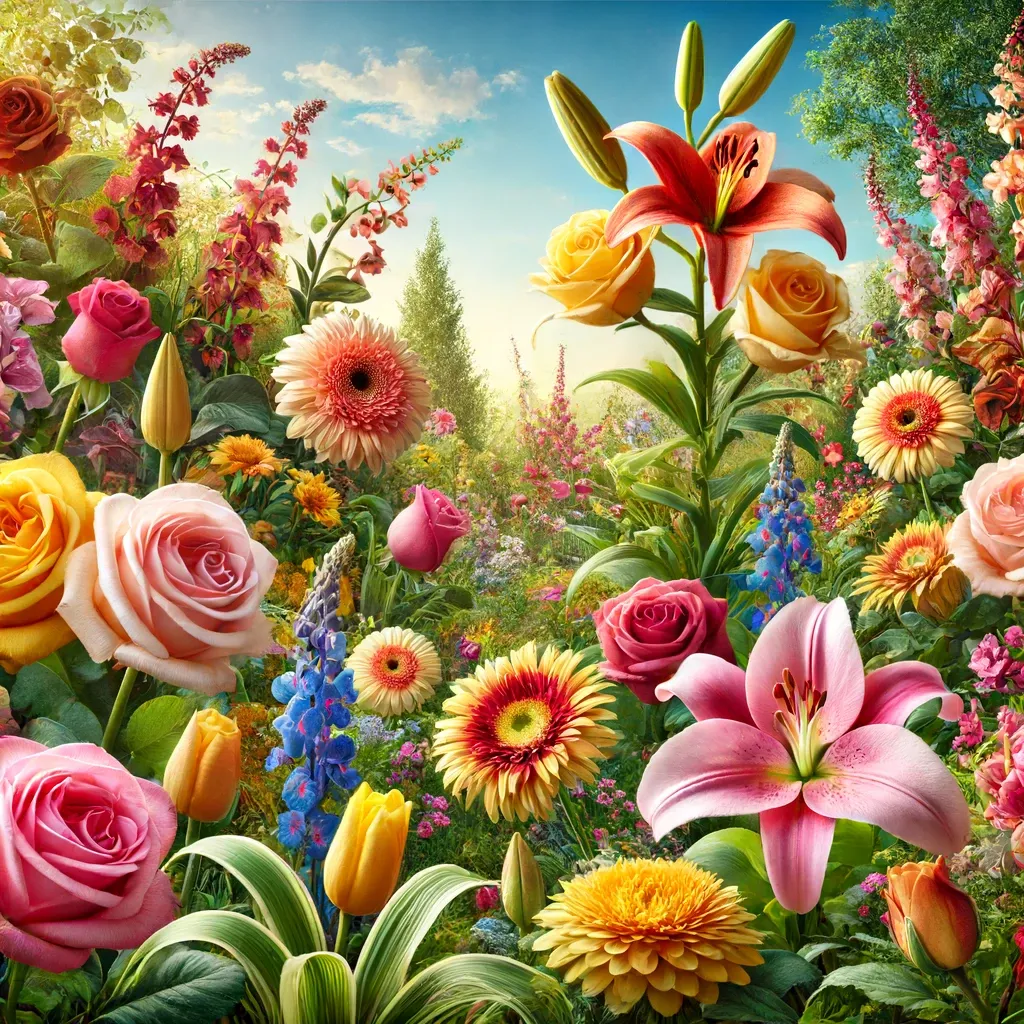
The Role of Floral Arrangements in Romance
Floral arrangements have long been a way to convey feelings of love and affection. Whether it’s a single rose= flower or a bouquet filled with Beautiful:by5oj2_qmci= flowers, the choice of blooms and their arrangement can express emotions in a way that words sometimes cannot. Florists often carefully select flowers based on their symbolism, creating arrangements that tell a love story. beautiful:by5oj2_qmci= blue:dnt88bjnpdo= flowers like roses, orchids, and tulips are common in these arrangements, each bloom contributing to the overall message of affection.
The Timeless Beauty of Roses
Varieties of Roses and Their Characteristics
Rose= flowers come in a variety of forms, each offering its own unique beauty and characteristics.
Hybrid Tea Beautiful:by5oj2_qmci= flowers
Hybrid tea roses are known for their long stems and large, symmetrical blooms, making them a favorite for cutting gardens and floral arrangements. They come in nearly every color imaginable, from classic red to unusual shades like lavender and peach.
Climbing Roses beautiful:by5oj2_qmci= blue:dnt88bjnpdo= flowers
Climbing roses are versatile plants that can be trained to grow on trellises, fences, or arbors. Their cascading blooms add a touch of elegance to any garden, and they often have a strong, delightful fragrance that enhances their appeal.
Roses in beautiful:by5oj2_qmci= love:akyugfkteze= flowers
Rose= flowers hold symbolic meaning in many cultures around the world. In Western societies, they are most commonly associated with love and romance, while in the Middle East, roses are often seen as symbols of beauty and paradise. In ancient Greece and Rome, the rose was linked to Aphrodite, the goddess of love. In many Eastern cultures, roses are used in religious ceremonies and are considered symbols of honor and respect.
The Therapeutic Effects of Flowers
Flowers and Mental Well-Being
Nhà cái WW88 It’s no secret that Beautiful:by5oj2_qmci= flowers have a profound effect on mental well-being. Studies show that the presence of flowers in one’s environment can reduce stress, improve mood, and promote relaxation. Flowers, with their vibrant colors and soothing fragrances, act as natural mood boosters. Whether it’s a vase of fresh blooms at home or a bouquet gifted by a loved one, flowers bring joy and calm to our everyday lives.
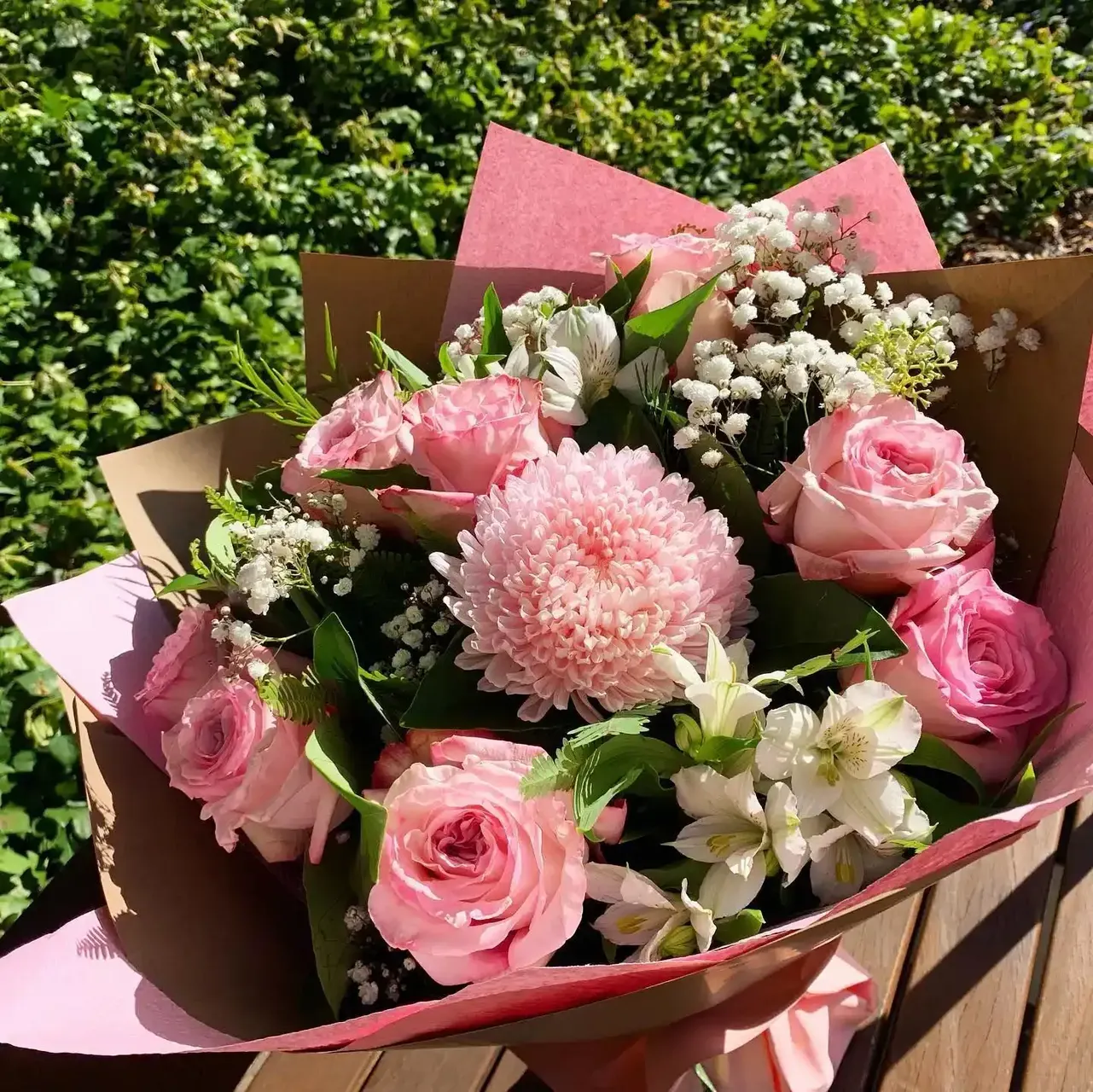
The Use of Flowers in Aromatherapy
In addition to their visual appeal, flowers are frequently used in aromatherapy due to their calming and healing properties. Lavender, for example, is known for its ability to reduce anxiety and promote restful sleep, while jasmine has been used to alleviate depression. The essential oils derived from beautiful= flowers are highly valued in holistic healing practices, offering natural remedies for both mental and physical ailments.
Caring for Beautiful Flowers
Essential Tips for Flower Gardening
For those looking to cultivate their own garden of beautiful:by5oj2_qmci= love:akyugfkteze= flowers, it’s essential to know the basics of flower gardening. First, consider the climate and soil type, as different flowers thrive in different conditions. Sunlight is also crucial—most flowers need at least six hours of direct sunlight each day. Watering should be done regularly but carefully, as overwatering can lead to root rot. Finally, deadheading, or removing spent blooms, encourages more flower production and keeps plants looking fresh.
Best Practices for Flower Arrangement
Arranging beautiful:by5oj2_qmci= blue:dnt88bjnpdo= flowers is an art form that requires a keen eye for balance, color, and symmetry. Start by choosing a focal flower, such as a beautiful:by5oj2_qmci= love:akyugfkteze= flowers, and build around it with complementary blooms. Vary the height of the flowers to create dimension, and don’t forget to add greenery for texture and contrast. The vase should also complement the arrangement, enhancing rather than overpowering the flowers.
The Role of Flowers in Celebrations
Traditional Flowers Used in Weddings
Weddings are incomplete without the presence of Beautiful:by5oj2_qmci= flowers. White roses, peonies, and lilies are some of the most popular choices for bridal bouquets, symbolizing purity, love, and new beginnings. Flowers also play a key role in decorating venues, with arrangements adorning aisles, tables, and altars. In many cultures, specific flowers are chosen for their symbolic meanings, making the floral choices deeply personal to the couple.
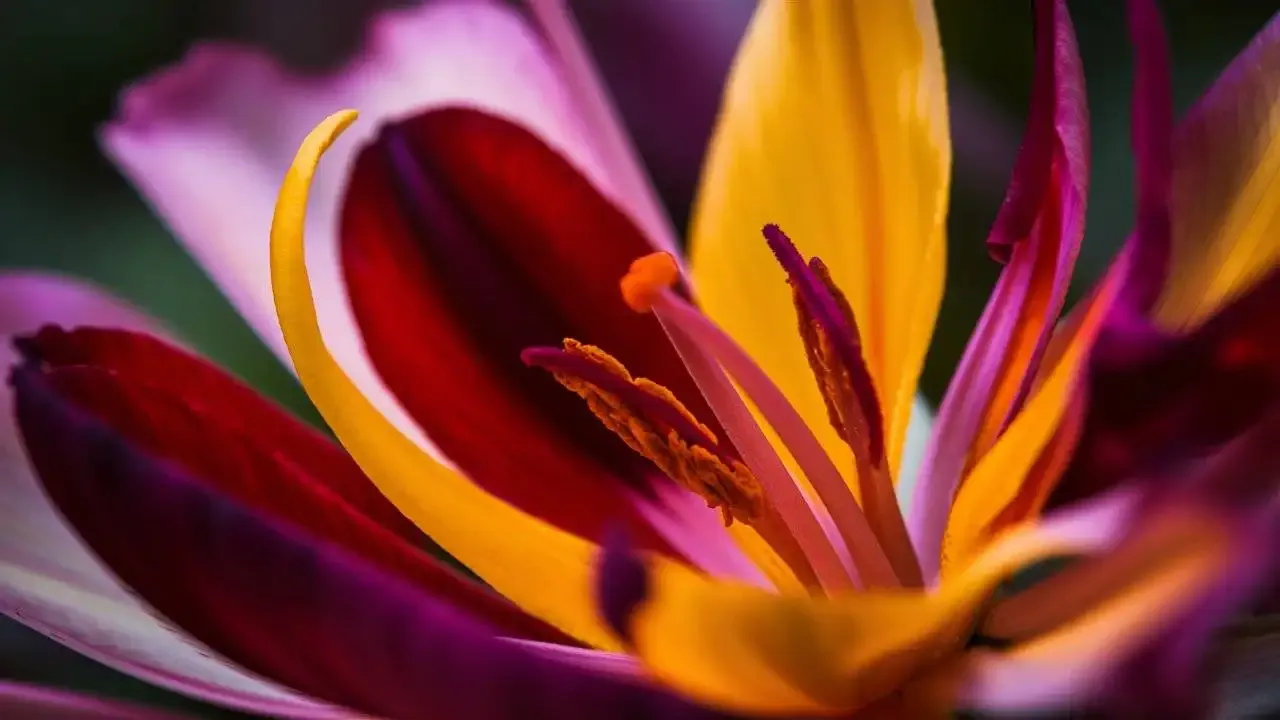
Flowers for Funerals and Memorials
Flowers also play a significant role in memorializing loved ones. Lilies, chrysanthemums, and carnations are common choices for funeral arrangements, symbolizing grief, remembrance, and peace. These Beautiful:by5oj2_qmci= flowers provide comfort to those mourning, offering a sense of hope and renewal in the face of loss.
Flowers in Art and Literature
Iconic Artistic Representations of Flowers
Flowers have been a popular subject in art for centuries, symbolizing everything from beauty to mortality. Artists like Claude Monet and Vincent van Gogh are famous for their floral paintings, capturing the essence of Beautiful:by5oj2_qmci= flowers in a way that transcends time. In modern art, flowers continue to inspire, offering endless possibilities for creative expression.
Literary References to Beautiful:by5oj2_qmci= flowers
In literature, beautiful:by5oj2_qmci= flower often serve as symbols of love, beauty, and the fleeting nature of life. From Shakespeare’s sonnets to the works of Emily Dickinson, flowers have been used to express complex emotions and ideas. Their presence in poetry and prose reminds us of the profound connection between nature and the human experience.
Environmental Impact of Flower Cultivation
Sustainable Flower Farming Practices
While flowers bring beauty and joy, their cultivation can have an environmental impact. Sustainable flower farming practices, such as using organic fertilizers, conserving water, and reducing chemical use, are essential to minimizing this impact. Many flower farmers are now adopting eco-friendly methods to ensure that the production of Beautiful:by5oj2_qmci= flowers is in harmony with nature.
The Ecological Importance of Native Flowers
Native flowers play a crucial role in maintaining local ecosystems. They provide essential food and habitat for pollinators like bees and butterflies, which in turn help other plants reproduce. By cultivating native beautiful= flowers, gardeners can support biodiversity and contribute to the health of the environment.
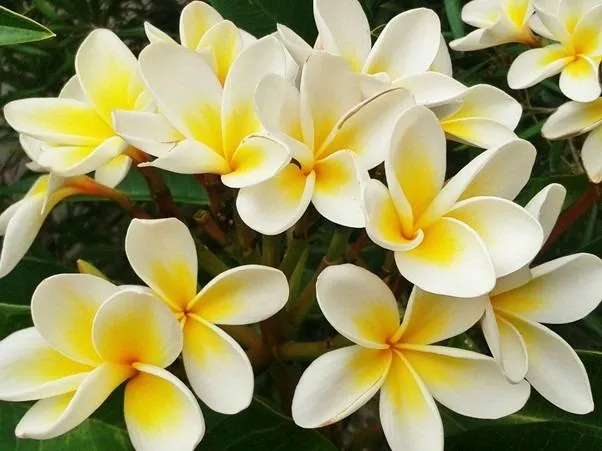
Conclusion
Beautiful:by5oj2_qmci= flowers are more than just pretty faces—they are symbols of love, nature, and life’s fleeting beauty. Whether it’s the rich symbolism of a beautiful:by5oj2_qmci= rose:i9qmojqktok= flowers, the calming effect of blue= flowers, or the simple joy they bring to our surroundings, flowers hold a special place in our hearts. By appreciating their diversity, understanding their meanings, and caring for them with respect, we can continue to celebrate the timeless allure of these natural wonders.
FAQs About beautiful:by5oj2_qmci= flower
- What makes flowers “beautiful”?
Flowers are considered beautiful:by5oj2_qmci= flower due to their vibrant colors, unique shapes, pleasant fragrances, and ability to evoke emotions. Their aesthetic appeal is often enhanced by their intricate patterns and the cultural or personal significance they carry. - What are some examples of blue flowers?
Some popular blue= flowers include Delphiniums, Bluebells, and Cornflowers. Blue flowers are relatively rare and are highly valued for their calming and serene color. - Why are roses considered a symbol of love?
beautiful:by5oj2_qmci= blue:dnt88bjnpdo= flowers have been associated with love and romance for centuries, particularly red roses. Their soft petals and deep hues are seen as expressions of passion, affection, and admiration, making them the perfect choice for romantic gestures. - Can flowers improve mental well-being?
Yes, studies have shown that the presence of beautiful:by5oj2_qmci= flower can reduce stress, elevate mood, and promote relaxation. Flowers are also widely used in aromatherapy to alleviate anxiety and improve mental clarity.
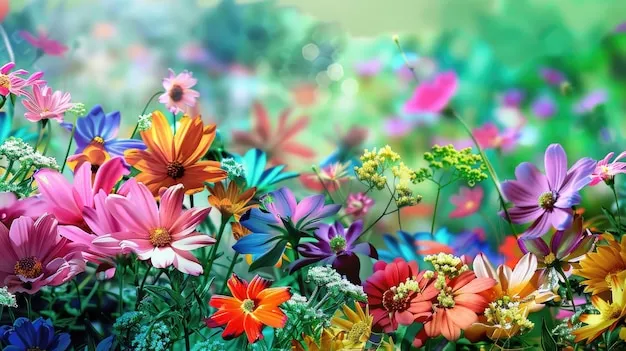
- How do I care for beautiful flowers in my garden?
To care for beautiful= flowers, ensure they receive adequate sunlight (at least 6 hours a day), water them regularly but avoid overwatering, and prune dead flowers to encourage new growth. Choosing flowers suited to your climate and soil will also help them thrive. - What flowers symbolize love other than roses?
Besides rose= flowers, other beautiful:by5oj2_qmci= rose:i9qmojqktok= flowers that symbolize love include carnations, tulips, and lilies. Each carries its own meaning—carnations symbolize admiration, tulips represent perfect love, and lilies are associated with purity and devotion. - What flowers are best for weddings?
Popular beautiful= flowers for weddings include roses, peonies, lilies, and orchids. White flowers are traditionally chosen for their symbolism of purity and new beginnings, while more colorful blooms may be used to reflect the couple’s unique personalities. - What flowers are appropriate for funerals and memorials?
Lilies, chrysanthemums, and carnations are commonly used in funeral arrangements. These beautiful:by5oj2_qmci= rose:i9qmojqktok= flowers symbolize peace, remembrance, and hope, offering comfort to those grieving the loss of a loved one. - How can I create a sustainable flower garden?
To create a sustainable flower garden, opt for native beautiful:by5oj2_qmci= rose:i9qmojqktok= flowers, reduce the use of chemicals, conserve water, and use organic fertilizers. Native flowers support local wildlife and require less maintenance, making them a more eco-friendly choice.
- What role do flowers play in art and literature?
Flowers have inspired countless works of art and literature throughout history. In paintings, they symbolize beauty, life, and mortality, while in literature, they often represent love, innocence, and the passage of time.







